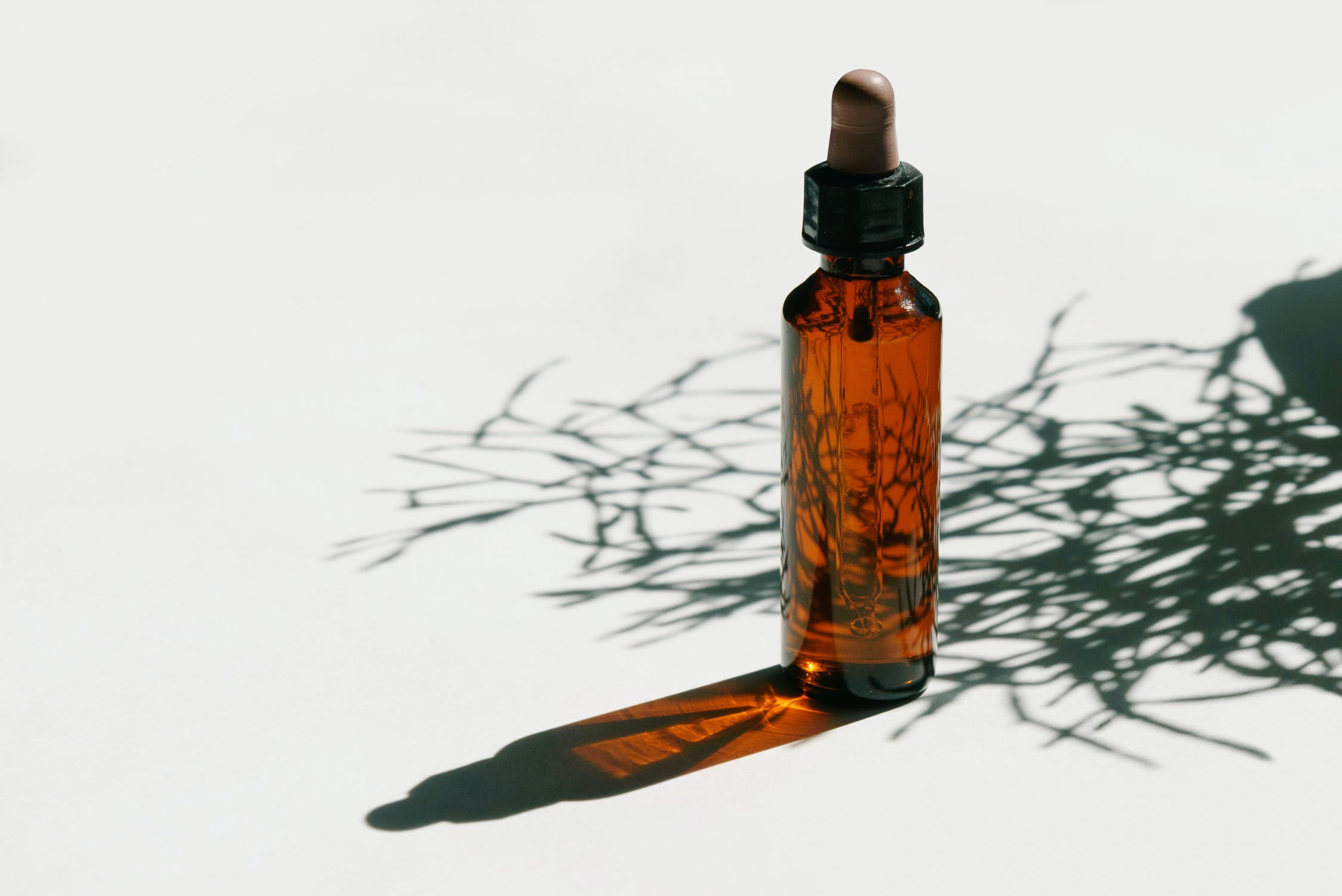Exotic Ingredients 101: Australian Emu Oil
Share

As skincare enthusiasts, we have seen a revolving door of viral, exotic beauty ingredients. From snail mucin to lanolin to beeswax, non-vegan ingredients still have a functional place in beauty products! Yet another ingredient to add to that list – emu oil! Emu oil is certainly one that’s newer to me so with a little bit of curiosity and digging, I present to you: Exotic Ingredients 101: Australian Emu Oil. Could emu oil be the next trendy ingredient? Keep reading and let us know what you think!
What is Emu Oil?
In Australia, the emu is recognized as the national bird. Just as it sounds, emu oil originates from emu birds, specifically from their fatty tissue. The tissue is processed to remove toxins which eventually becomes emu oil. This means that emu oil is NOT cruelty-free nor vegan, so if that is not your thing, you may want to hold off on trying this ingredient; but for those who swear by snail slime, you may consider giving emu oil a shot!

Emu oil is mainly made up of fatty acids. According to researchers at the University of Western Australia, the percentage breakdown is about 49% oleic acid, 10% linoleic acid, 24% palmitic acid, and lower amounts of other fatty acids (though this varies slightly with extraction method). Fatty acids are typically known for their anti-inflammatory properties and role in maintaining proper skin barrier function. In addition to fatty acids, emu oil also contains natural antioxidants like carotenoids and polyphenols which can protect the skin from damaging UV rays.
While emu oil has recently entered the skincare spotlight, it is not a new discovery. Aboriginal Australian people have been using emu oil for centuries to treat a variety of ailments, from minor aches and pains to dry skin. The rave around emu oil certainly has its place but how is it applied in the beauty space?
Skin Care Benefits
Hydration: Emu oil has moisturizing properties due to its composition of fatty acids. In a study published in the Australasian Journal of Dermatology comparing the hydration of emu oil to mineral oil (common ingredient in moisturizers, like Aquaphor), emu oil better penetrated the stratum corneum, or the outer layer of the skin. The researchers also found emu oil to be mostly non-irritating and have low comedogenic potential.
Anti-aging properties: Emu oil has also been shown to help reduce wrinkles in one study from the Isfahan University of Medical Sciences in Iran. The researchers soaked an eye pad in emu oil, caffeine, and vitamin K. After four weeks of applying the eye pad, the subjects’ wrinkles and dark circles were reduced. The skin around their eyes also appeared more elastic.
Wound healing: Aboriginal Australian people have been using emu oil for this purpose way before it became mainstream. Emu oil’s role in wound healing is also supported by research involving mice with second-degree burns. This study, published in the Dermatology Research and Practice Journal, found that emu oil has a positive effect on wound healing in mice. In the same study, more hair follicles were present where the emu oil was applied on the wound. While mice are, of course, very different from humans, these findings have interesting implications as they suggest that emu oil may have an influence (+) on collagen synthesis.
Final Thoughts
Although emu oil has a long history, there is definitely room for more research to support its proclaimed benefits. As scientists and skincare enthusiasts, we are very excited about this ingredient and look forward to staying up-to-date on future research. Perhaps one day emu oil will have the same cult following as snail mucin, but for now it is a bit too early to tell. What do you think? Would you try emu oil?
References:
- Afshar, M. et al (2016). Effects of topical emu oil on burn wounds in the skin of Balb/C mice. Dermatology Research and Practice, 2016, 1–6. [Link]
- Ahmadraji, F., & Shatalebi, M. A. (2015). Evaluation of the clinical efficacy and safety of an eye counter pad containing caffeine and vitamin K in emulsified Emu oil base. Advanced biomedical research, 4, 10. [Link]
- Angelo, G. (2012). Essential fatty acids and skin health. Linus Pauling Institute. [Link]
- Jeengar M.K. et al (2015). Review on emu products for use as complementary and alternative medicine, Nutrition, Volume 31, Issue 1, 2015, Pages 21-27, ISSN 0899-9007. [Link]
- Mashtoub, S. (2017). Potential therapeutic applications for Emu Oil. Lipid Technology, 29(3-4), 28–31. [Link]
- Pointer, K. (2019, August 13). Emu oil: Skin benefits, internal uses, and side effects. Healthline. [Link]
- Zemstov, A. et al (1996). Moisturizing and cosmetic properties of Emu Oil: A Pilot Double Blind Study. Australasian Journal of Dermatology, 37(3), 159–162. [Link]
If you enjoyed our content, please share, comment, like and follow us on your favorite platforms!
..
.,


Really insightful, thank you! Have a emu-tiful day 😍